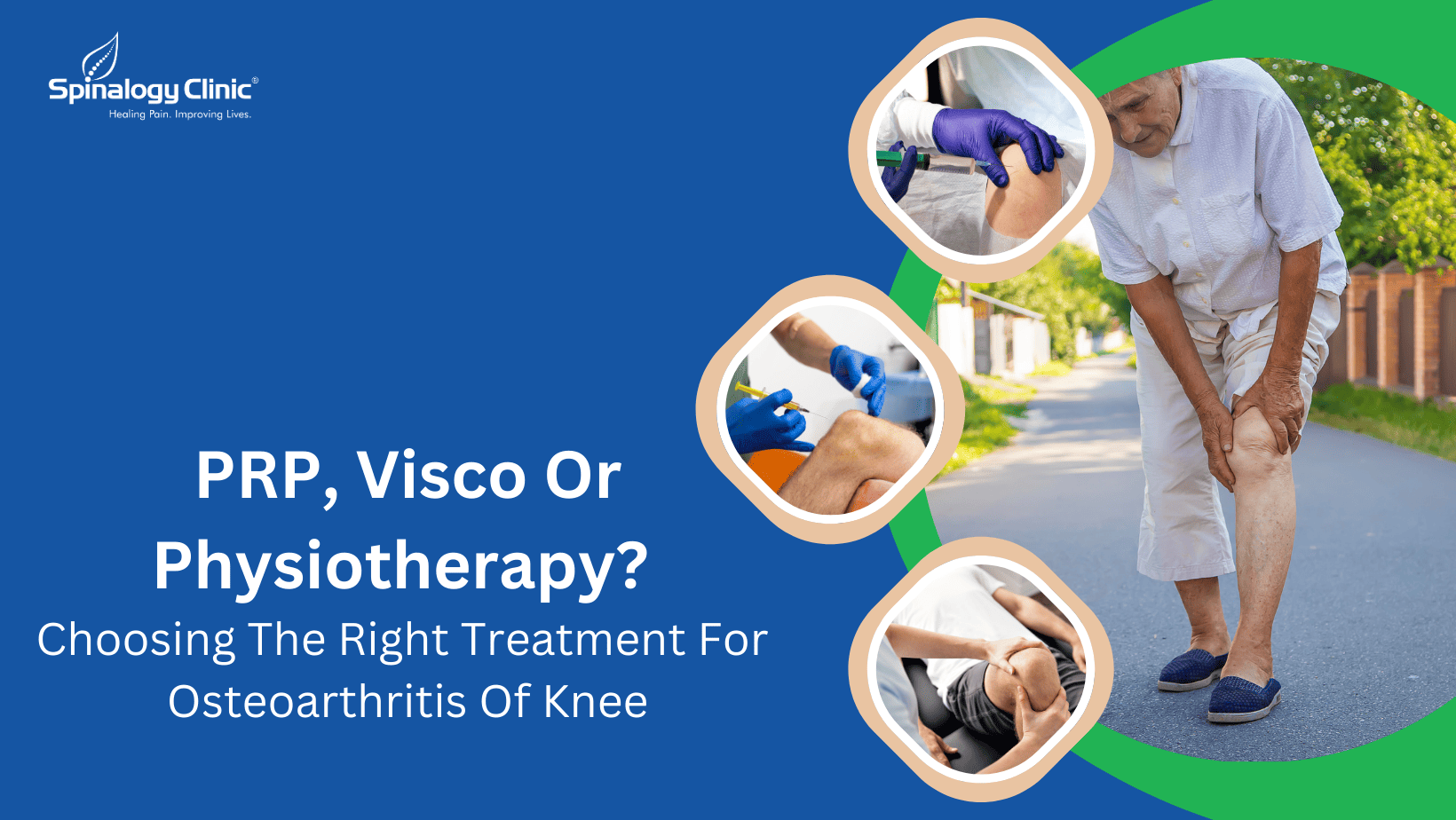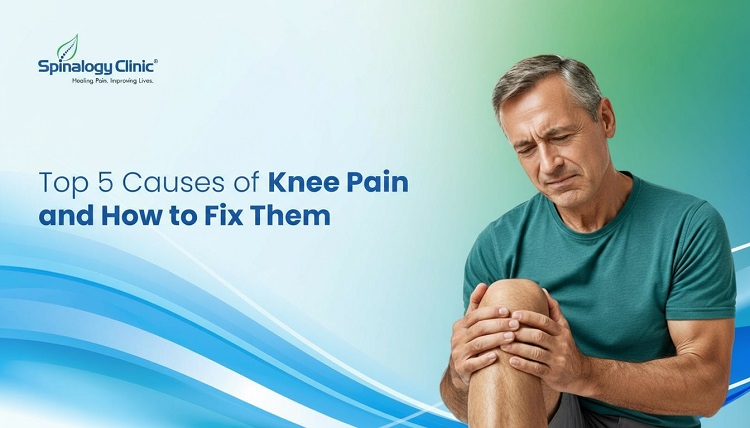PRP, Visco Or Physiotherapy? Choosing The Right Treatment For OA Knee
Knee pain is a common and often disabling condition, particularly among elderly individuals. It is closely associated with the natural aging process, during which degenerative changes occur in bones and joints. One of the most prevalent chronic ailments affecting joint health is osteoarthritis (OA), which significantly impairs mobility and reduces the quality of life in older adults.
Osteoarthritis is characterized by joint inflammation, subchondral bone changes, and cartilage loss. When it affects the knee, it can lead to pain, instability, and functional limitations. The severity of knee pain can range from mild to severe, and treatment strategies should be planned accordingly to ensure optimal results.
Visco-Supplementation
Mechanism:
Visco-supplementation involves injecting Hyaluronic Acid (HA) directly into the knee joint. HA is a naturally occurring substance in the synovial fluid, acting as a lubricant and shock absorber. In osteoarthritis, HA levels decrease, reducing the joint’s ability to cushion movement. This treatment helps restore the viscoelastic properties of the fluid, providing improved lubrication and protection for the joint surfaces.
Benefits:
This therapy is ideal for patients with mild to moderate osteoarthritis, offering relief from symptoms such as pain and stiffness. It is minimally invasive and can enhance joint mobility and comfort. Many patients report better function during daily activities and decreased dependency on pain medication. Although results vary, visco-supplementation has shown consistent short- to mid-term benefits.
Platelet-Rich Plasma (PRP)
Mechanism:
PRP therapy involves drawing a small sample of the patient's blood, processing it to concentrate the platelets, and injecting it into the affected knee. These platelets are rich in growth factors and cytokines that stimulate healing, reduce inflammation, promote tissue regeneration, and increase collagen production. PRP also enhances blood flow to the area, aiding recovery.
Benefits:
PRP may offer more sustained relief than visco-supplementation, especially in moderate to severe osteoarthritis. Its regenerative potential can improve joint function and reduce pain over the long term, often minimizing the need for continuous pain medication. Studies show PRP’s effectiveness in improving joint mobility and function in OA patients.
Physiotherapy
Mechanism:
Physiotherapy includes targeted exercises, manual therapy, and adjunct treatments such as heat or ice therapy, electrical stimulation, and massage. The focus is on improving muscle strength, flexibility, and range of motion in the knee joint. Physiotherapy also enhances neuromuscular coordination, which plays a key role in maintaining joint stability and preventing further injury.
Benefits:
As a first-line treatment, physiotherapy is essential in both early and advanced stages of osteoarthritis. It is personalized to suit the patient’s physical condition and goals. Regular physiotherapy helps reduce pain, increase activity levels, improve joint alignment, and significantly enhance quality of life.
So, in short Physiotherapy focuses on strengthening muscles, improving flexibility, and restoring movement through guided exercises. Visco-supplementation provides joint lubrication and cushioning, best for mild to moderate osteoarthritis.PRP therapy promotes tissue regeneration and long-term healing, ideal for moderate to severe knee degeneration.
Ultimately, the choice of treatment should be guided by a thorough assessment of the patient's condition, taking into account the severity of osteoarthritis, the presence of comorbidities, and personal preferences. A multidisciplinary approach that integrates physiotherapy with biological therapies like PRP or visco-supplementation can offer the best outcomes for individuals suffering from knee osteoarthritis.




